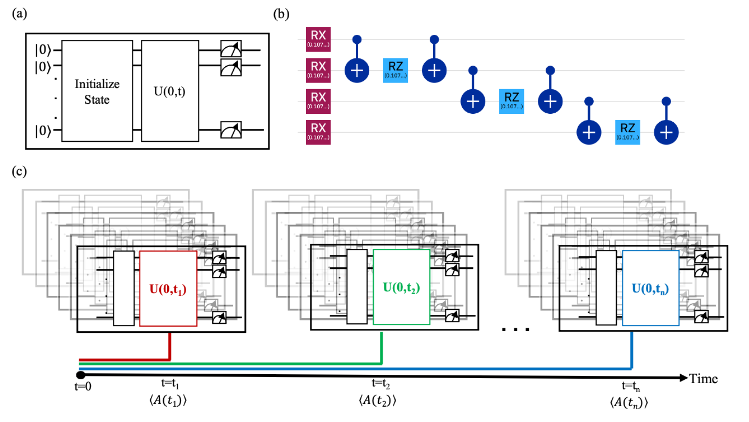Abstract
Quantum materials exhibit a wide array of exotic phenomena and practically useful properties. A better understanding of these materials can provide deeper insights into fundamental physics in the quantum realm as well as advance technology for entertainment, healthcare, and sustainability. The emergence of digital quantum computers (DQCs), which can efficiently perform quantum simulations that are otherwise intractable on classical computers, provides a promising path forward for testing and analyzing the remarkable, and often counter-intuitive, behavior of quantum materials. Equipped with these new tools, scientists from diverse domains are racing towards achieving physical quantum advantage (i.e., using a quantum computer to learn new physics with a computation that cannot feasibly be run on any classical computer). The aim of this review, therefore, is to provide a summary of progress made towards this goal that is accessible to scientists across the physical sciences. We will first review the available technology and algorithms, and detail the myriad ways to represent materials on quantum computers. Next, we will showcase the simulations that have been successfully performed on currently available DQCs, emphasizing the variety of properties, both static and dynamic, that can be studied with this nascent technology. Finally, we work through two examples of how to map a materials problem onto a DQC, with full code included in the Supplementary Material. It is our hope that this review can serve as an organized overview of progress in the field for domain experts and an accessible introduction to scientists in related fields interested in beginning to perform their own simulations of quantum materials on DQCs.
